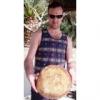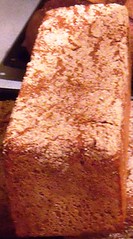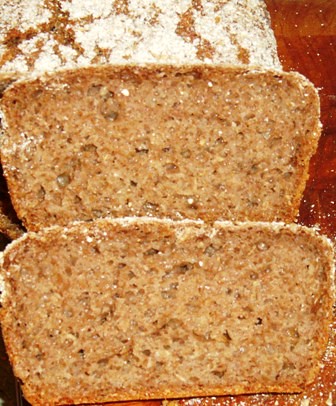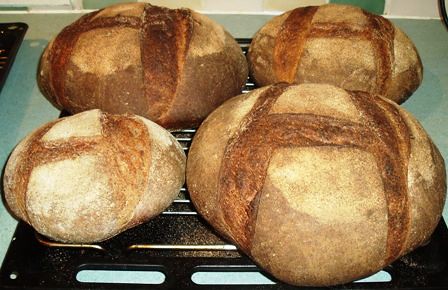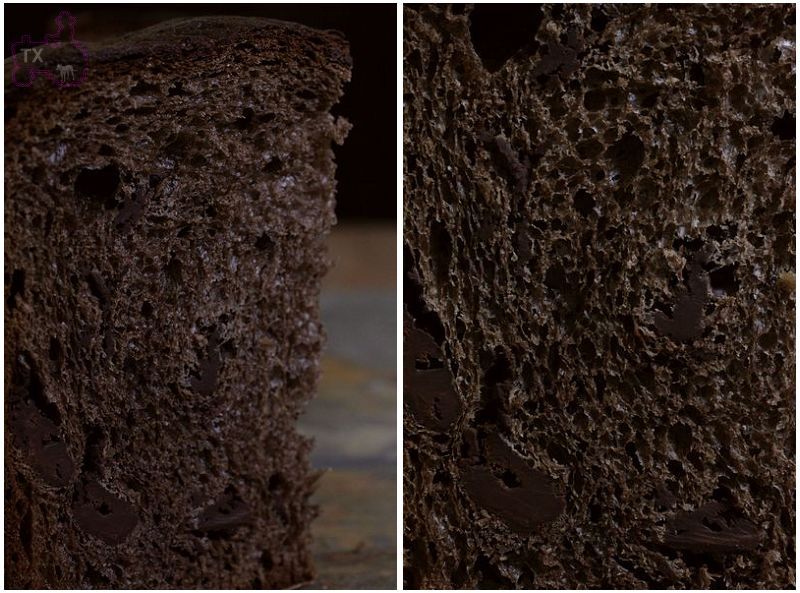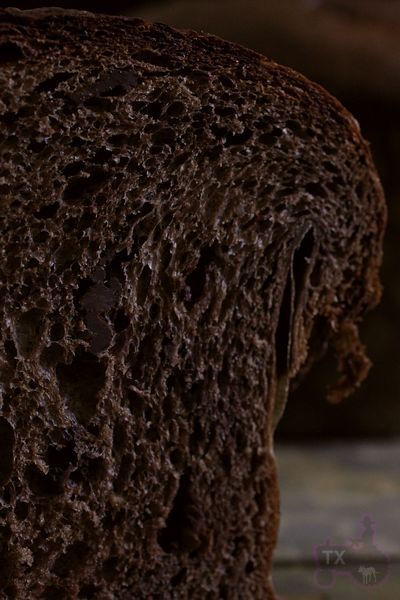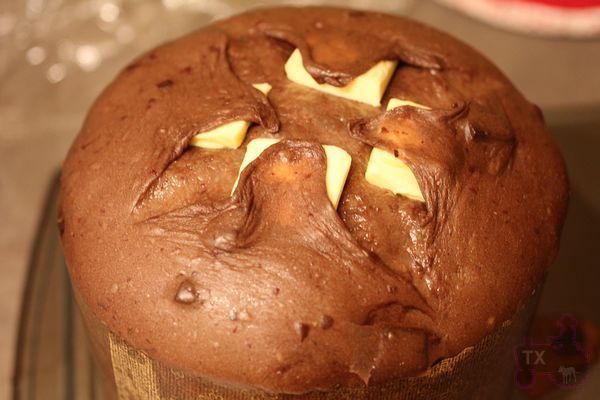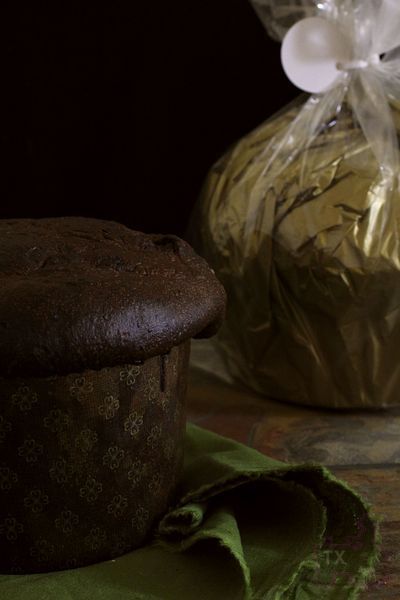
No Knead Rye Bread
Starting on where I left this in my previous blog, long story short some viewers got offended by my choice of words in my previous blog of No Knead Variations Part I (http://www.thefreshloaf.com/node/26972/no-knead-variations-part-i), hence, I am going to mind my language here. However, if you would like to read the unedited version of this transcript please visit theuneditedfoodie.blogspot.com
Now on to bread, so previously I talked about two no-knead variations both inspired from Jim Lahey’s, “My Bread”. So after a 1-1 score of no-knead baking, where I did well with the Cranberry-raisin version while sort of not so well at the olive-garlic and rosemary version- I ventured further, this time for the first time into the rye bread category. Personally, I hadn’t used rye flour before this and so it was interesting reading Mr. Lahey’s advice, where he suggested using only 25% rye flour, the other 75% just being the regular bread flour. According to Mr. Lahey, the rye flour can be heavy in itself, hence, the idea to mix it with bread flour- just to keep light. Now, I am sure a lot of you will disagree with me here, but that’s not me its Lahey.
So, now where was I again? Yes, at the no-knead rye bread. Eventually, when I did mix the bread flour, rye flour, yeast, salt and water and basically let it rise for the first time for 18 hours, I was disappointed to see its rise but then that has been the case of my bread rising all this winter. I mean the temperature of the house tends to be around 55 degree Fahrenheit on warm days, so I basically end up locking my no knead mixture in a makeshift proofing room, alongside a petite heater. I mean you have to have your priorities right, either bread or a warm house, I prefer the bread. If anyone has any better ideas for rising of bread at room temperature of around 50 to 55 degree Fahrenheit, I will be happy to abide. So once the first rising was done, I took the dough out folded it once or twice, as suggested by Mr. Lahey and wrapped it in a flour towel and let it rest for another two hours. After, the second rise of two hours, when the bread was finally ready to be slapped into the Dutch oven- I took a deep breath, said my prayers, and even promised my soul to the devil, if the bread came out alright.
Once, it was done baking, I thought that the texture of the bread looked good from outside. However, when I did cut into the bread, I felt that the holes weren’t big enough as in my regular no-knead bread. Obviously, I understand the fact that rye tends to be lot heavier, and that could have played into it- but you know, it was a success that wasn’t very sweet. Sure, it may be good bread, but it definitely had room for improvement.
Also, I had another question for my comrades on thefreshloaf-how do I upload pictures? I have tried a couple of times- it just keeps repeating upload failed. Could anyone care to send me some directions?





















